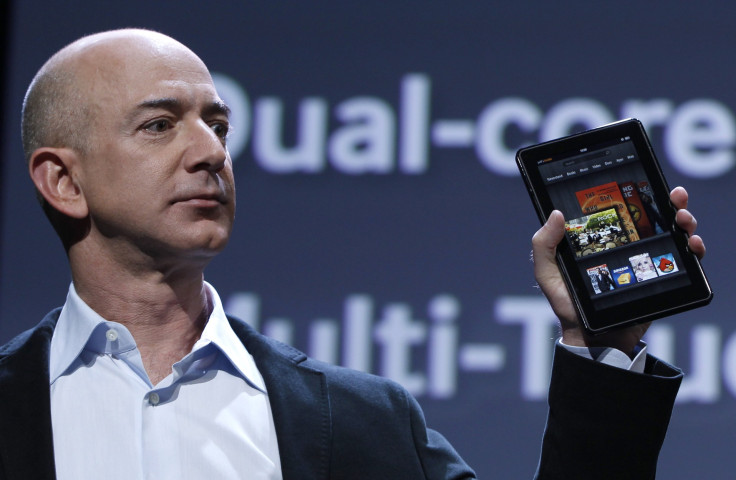Amazon And Twitter Fail Greenpeace Report Card On Green Energy

The massive data centers serving as the physical pillars of the Internet are more energy-efficient and using more renewable energy than previously, but two major companies could do much better, according to the environmental organization Greenpeace.
Amazon.com Inc. (NASDAQ:AMZN) and Twitter Inc. (NYSE:TWTR) failed a renewable energy report card issued by Greenpeace, for a large percentage of their Internet traffic relies on “dirty” energy.
Greenpeace began evaluating Internet providers in 2011. Companies get higher grades if they work with their utility companies to find alternative power sources like wind or solar and if they file annual environmental reports on their data center usage.
According to the report released Wednesday, only 15 percent of Amazon’s massive Internet traffic that relies on energy-hungry data centers is powered by “green” energy. Amazon alone accounts for 1 percent of all Internet traffic, according to an analysis by DeepField Networks. The company earned an “F” in its commitment to renewable energy, where it locates data centers and environmental advocacy and a “D” in energy efficiency.
Twitter rents rather than owns its data centers and hasn’t revealed the type and amount of electricity powering those centers, earning its “F” for transparency.
Apple Inc. (NASDAQ:AAPL), Google (NASDAQ:GOOG) and Facebook Inc. (NASDAQ:FB) received top marks from Greenpeace for making significant progress in adopting renewable energy sources to power their web services. Google, for example, jointly built the world's largest solar power plant in Nevada, which opened this year.
Unlike Apple, Google and Facebook, Greenpeace noted, Amazon is not “motivated.”
“We haven’t seen a change in Amazon,” Greenpeace analyst Gary Cook said in a statement. “Unfortunately, unlike many of those in the sector, they’ve not moved very much in the past few years.”
Amazon issued a statement after the report, saying Greenpeace “misses the mark by using false assumptions” about Amazon Web Services, the cloud computing services that run inside the company’s data centers. Amazon says two of its 10 Web Services regions use 100 percent carbon-free power, and that running IT infrastructure on the service cloud is more energy-efficient than traditional computing that relies on small, inefficient and over-provisioned data centers.
© Copyright IBTimes 2024. All rights reserved.





















